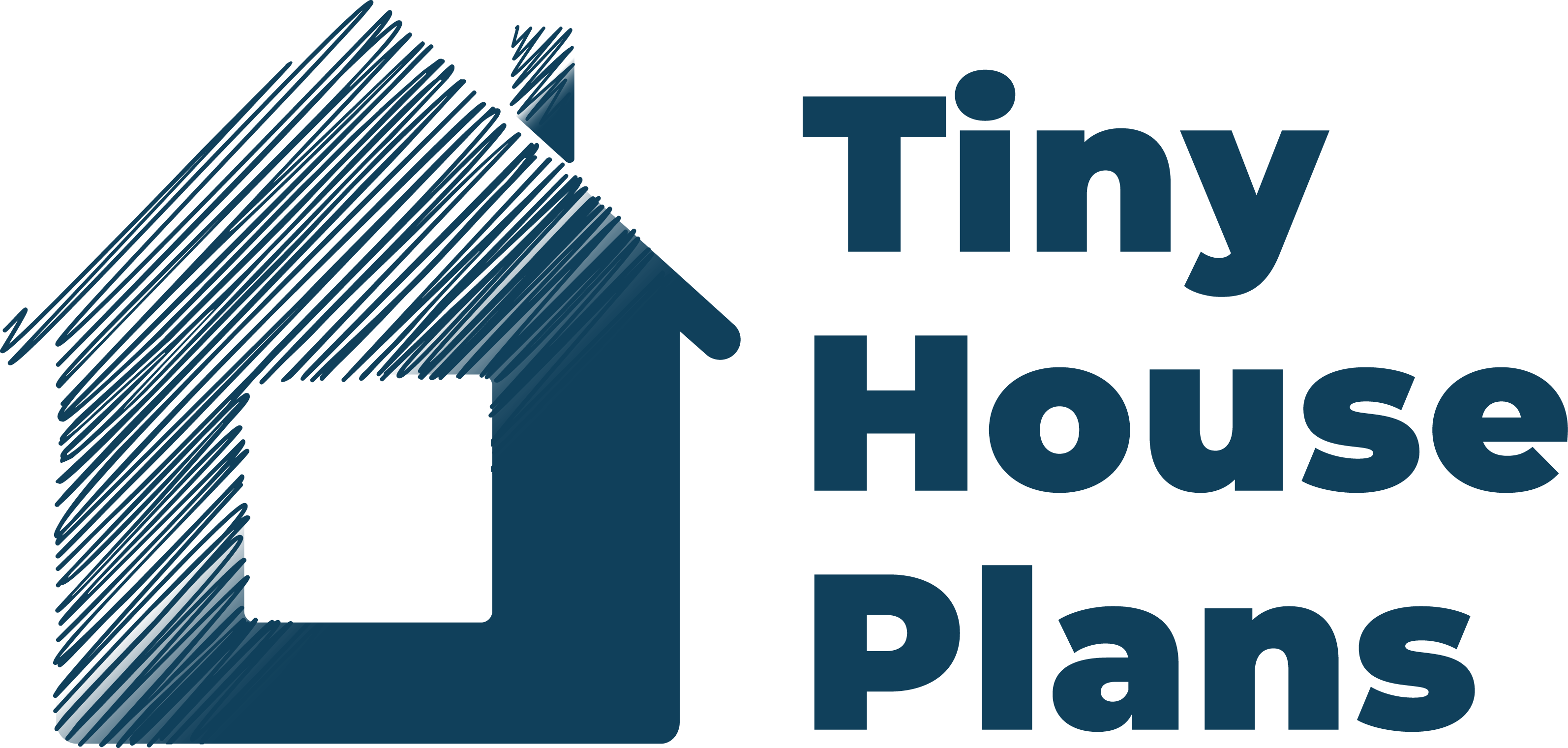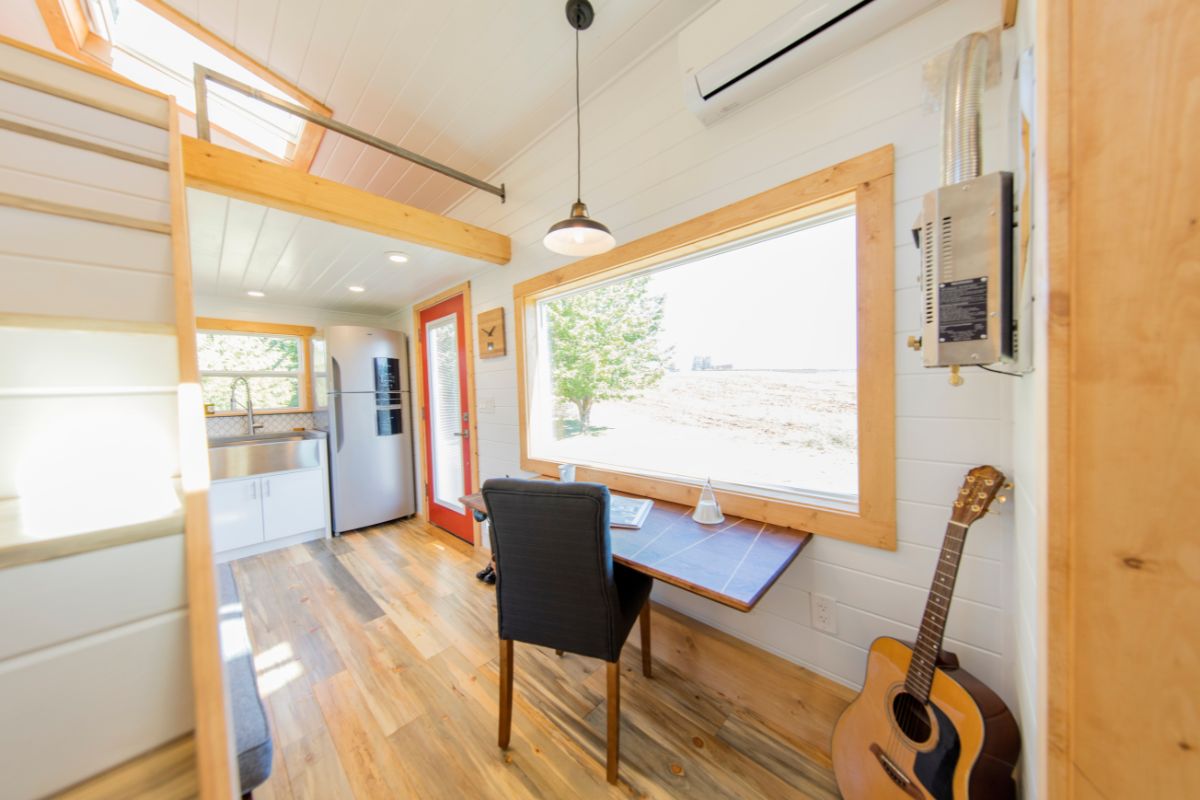For financing your tiny house, explore personal loans for flexibility, RV loans for lower rates, and home equity loans for cost-effective borrowing. Crowdfunding can harness communal support, while grants and assistance programs may offer sustainable and affordable housing funds.
Each option presents unique benefits, from predictable payments to long-term manageable terms. With various paths to reflect upon, understanding your choices will guide you toward the right decision. Discover more about how these options can work for you.
Key Takeaways
- Utilize personal loans for flexible financing without collateral but ensure competitive interest rates by checking credit scores.
- Consider RV loans for tiny homes on wheels with potentially lower interest rates and longer terms.
- Explore home equity loans or HELOCs for lower interest rates but assess the risk of using your home as collateral.
- Launch a crowdfunding campaign with a compelling story, budget, and timeline to engage backers on platforms like Kickstarter.
- Research grants and assistance programs that support sustainable living or affordable housing for potential financial support.
Exploring Personal Loans for Tiny House Financing
When financing a tiny house, personal loans often emerge as a viable option due to their flexibility and accessibility. You can use them to cover various costs, from purchasing materials to paying contractors. Unlike traditional mortgages, personal loans don't require collateral, making them an attractive choice if you're looking for a faster, less cumbersome process. Interest rates might be higher than secured loans, but you can often find competitive rates by shopping around.
Lenders typically offer fixed rates, allowing you to predict monthly payments and budget accordingly. Before applying, check your credit score, as it greatly impacts loan approval and terms. Ascertain you read the fine print, focusing on fees and repayment timelines, to avoid unexpected financial burdens. Overall, personal loans can empower your tiny house journey.
Understanding RV Loans as a Viable Option
Although less conventional than personal loans, RV loans present a compelling option for financing your tiny house. These loans, typically structured for recreational vehicles, can apply to your tiny home if it's on wheels. Lenders might require your tiny house to meet specific RV standards, so guarantee compliance beforehand.
The interest rates for RV loans are often lower compared to personal loans, making them financially attractive. Terms can extend up to 20 years, providing manageable monthly payments. However, it's essential to examine the total interest cost over time.
You should also consider the loan's impact on your credit score. As with any financing option, shop around different lenders to find the best terms suited to your financial situation.

Utilizing Home Equity for Your Tiny House Project
If you already own a home, tapping into your home equity might be an effective way to fund your tiny house project. A home equity loan or line of credit (HELOC) allows you to borrow against the equity you've built in your current property. This option typically offers lower interest rates than personal loans.
Consider the financial implications carefully, as this increases your debt and uses your home as collateral. Evaluate your property's value, the remaining mortgage balance, and your credit score to determine your borrowing capacity. Contact your lender to understand terms and conditions. Ascertain you can manage additional payments without straining your finances. Properly using home equity can provide substantial funding for your tiny house without depleting savings.
Crowdfunding Your Tiny House Dream
Crowdfunding can be a powerful tool to bring your tiny house dream to life. By leveraging platforms like Kickstarter or GoFundMe, you can gather financial support from a broad audience. Start by creating a compelling campaign that clearly outlines your vision, budget, and timeline. Share your story—why a tiny house matters to you—and use visuals to engage potential backers.
Analyze successful campaigns to identify best practices, such as offering rewards or updates to maintain interest. Be transparent about how funds will be used, as trust is essential. Promote your campaign through social media and personal networks to maximize reach. Remember, engaging with your supporters fosters community and adds credibility to your project, increasing your chances of success.

Saving Strategies to Fund Your Tiny House
While crowdfunding opens doors to external support, saving money provides a strong, independent foundation for funding your tiny house. Begin by setting a clear savings goal based on your tiny house design and material costs. Open a dedicated savings account to separate these funds. Cut unnecessary expenses by scrutinizing your monthly budget for areas to trim, such as dining out or subscription services.
Prioritize high-interest debt repayment to free up additional resources. Consider automating savings to guarantee consistency and avoid temptation. Embrace a minimalist lifestyle now to practice living in a smaller space and save more. Selling unused items can also boost your savings. By adopting these strategies, you'll gradually build the financial groundwork for your tiny house dream.
Grants and Assistance Programs for Tiny Homes
Though starting a tiny house journey can seem intimidating financially, various grants and assistance programs can greatly ease the financial burden. Begin by exploring federal, state, and local programs that support sustainable living and affordable housing. Some states offer specific grants for tiny homes as part of eco-friendly initiatives. Non-profit organizations also provide assistance, especially for low-income individuals or those seeking to live sustainably.

Look for programs like HUD's initiatives, which occasionally include tiny homes in affordable housing projects. Additionally, some community development grants support innovative housing solutions. Stay updated on eligibility criteria and application deadlines. Research thoroughly and apply to multiple programs to increase your chances. These resources can greatly reduce costs, making your tiny house dream achievable.
Working With Tiny House Builders and Financing Packages
Once you've explored grants and assistance programs, consider collaborating with tiny house builders who offer financing packages. These builders often have partnerships with financial institutions, enabling you to access tailored loan options. Evaluate the terms carefully, focusing on interest rates, repayment periods, and any hidden fees. Builders may also offer in-house financing, which can simplify the process but might come with higher interest rates.
Engage directly with builders to understand their package offerings. Ask about down payment requirements and flexibility in design options. It's essential to verify the builder's credibility by checking reviews and past projects. Ensuring a solid financial plan and reputable builder can streamline your tiny house journey, making it both efficient and cost-effective.
Conclusion
You've got several options to finance your tiny house dream. Consider personal loans or RV loans for straightforward financing. If you own a home, tapping into its equity might be a smart move. Explore crowdfunding to rally community support, and adopt disciplined saving strategies to build funds over time. Look into grants and assistance programs tailored for tiny homes. Finally, collaborate with tiny house builders offering financing packages to simplify your journey.






Share: